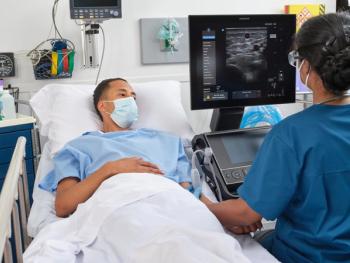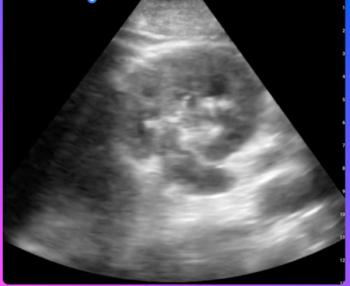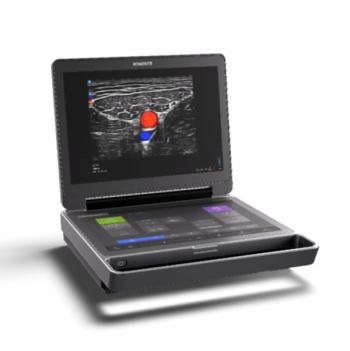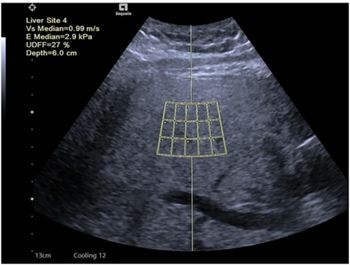
Study rings alarm bells on ultrasound exposure risks
Research citing previously unknown risks to developing brains bolsters case against keepsake fetal videos
Research citing previously unknown risks to developing brains bolsters case against keepsake fetal videos
Physicians should continue to be prudent about the use of ultrasound and perform the study only when medically necessary and when benefits outweigh risks, according to the American College of Radiology. The advice comes in the wake of recent findings by Yale University researchers that link prenatal ultrasound exposure to brain damage.
During fetal development, neurons of the brain migrate to their correct positions. In a study of 335 mice, the researchers found that exposing pregnant mice to ultrasound waves at frequencies of 6.7 MHz for 30 minutes or more interfered with this normal migration in their fetuses. This interference could potentially result in brain abnormalities such as mental retardation and seizures.
Results were published in August in the Proceedings of the National Academy of Sciences. Further research is needed to determine whether the results could apply to humans.
The study has unveiled a risk previously not known, according to Dr. Carol Rumack, head of the ACR ultrasound commission. She suggested that physicians should continue to be cautious when using ultrasound.
The study provides further proof that ultrasound keepsake videos should not be performed and that ultrasound equipment should be used only by qualified people, said Rumack, a professor of pediatrics and radiology at the University of Colorado School of Medicine.
The effects on neural migration were the result of direct prolonged exposure of the fetal mouse brain to ultrasound waves. In clinical practice, physicians often perform ultrasound for 30 minutes, but they typically move the probe around on the patient. In a quest to find the perfect 3D image of a developing child, however, others might hold the probe down in one spot for longer periods of time, increasing the risk of fetal damage.
The Yale study was performed in mice who were in the equivalent of the human third trimester of pregnancy. Traditionally, concern about performing imaging studies has centered on the first trimester, when basic organs are developing.
It's important for the public to remember that the imaging study involves putting ultrasound energy into the fetus, Rumack said.
"One should not use ultrasound as if it were a digital camera," she said.
Newsletter
Stay at the forefront of radiology with the Diagnostic Imaging newsletter, delivering the latest news, clinical insights, and imaging advancements for today’s radiologists.




























